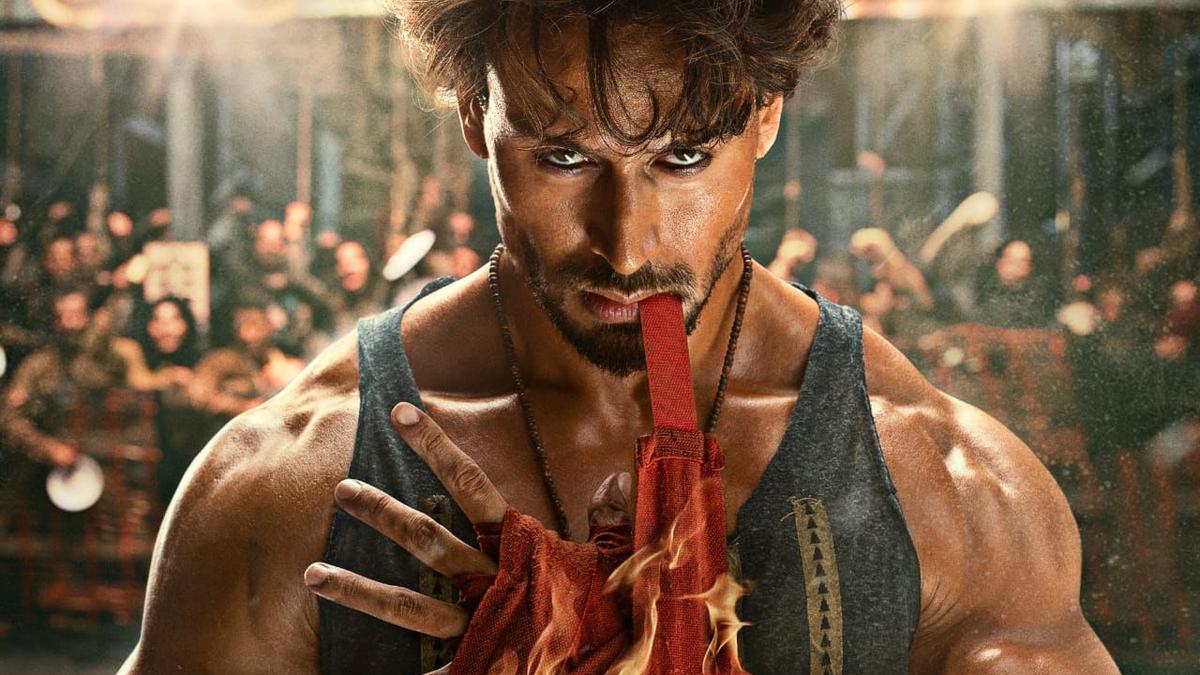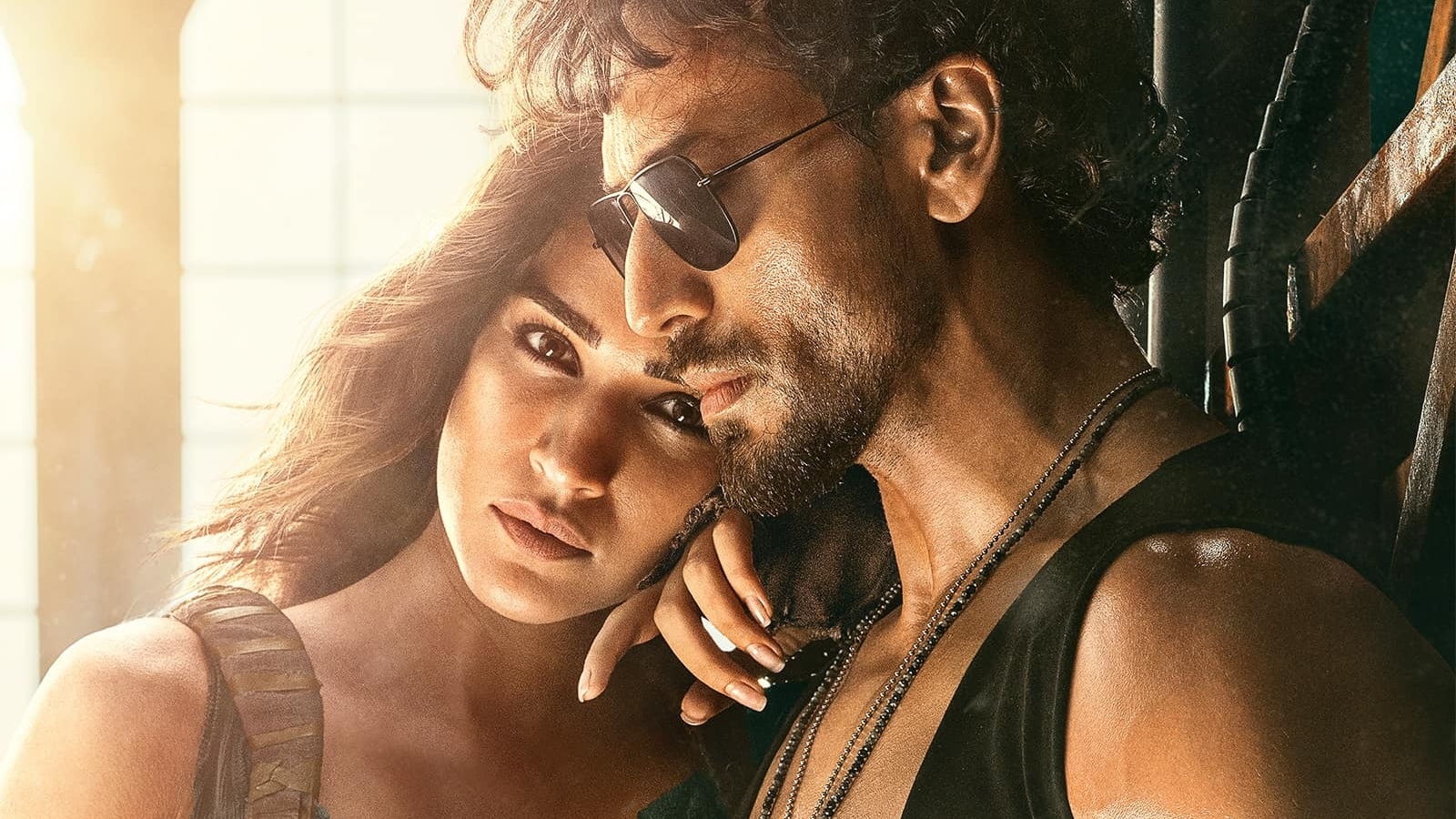CAST: Tiger Shroff, Kriti Sanon, Amitabh Bachchan
DIRECTOR: Vikas Bahl
In a bleak vision of the year 2060, the wealthy have sequestered themselves in the jagged, unattractive metallic towers of Silver City, effectively walling off the impoverished. This comes at a time when real-world movements are challenging existing barriers, such as the walls in Palestine and the partitions segregating the underprivileged in Delhi during the G20 Summit. However, this film makes no pretense of engaging with reality, openly flaunting its detachment from current issues.
Starting off with the premise that Rich= Bad and Poor= Good, you know the movie does not have a lot to say.
In a world marred by systemic inequality and forced impoverishment, a character named Thalapathy, portrayed by Amitabh Bachchan, establishes a boxing ring as an outlet for the disenfranchised to vent their frustrations. While the film focuses on men, it raises the question: why shouldn’t women also have the right to express their anger about poverty?
However, this “anger therapy” catches the attention of a nefarious Englishman named John, who sees it as an opportunity to scout talent for his own boxing ring in Silver City. Styled as a contemporary Roman Colosseum, this ring serves as the facade for his lucrative gambling operations.
His trusted associate is Guddu, played by Tiger Shroff, a womanizing wrestling curator who is unaware of the significant role he’s destined to play in life. His transformation from Guddu to Ganpath is facilitated by Jassy, portrayed by Kriti Sanon. Jassy resides with Shiva on a secluded mountaintop, far removed from the impoverished ghetto.
Jassy’s preferred weapon is nunchucks, and she maintains a poker-faced demeanor, opting for clothing that features a navel display. Ganapath manages to break through her aloof exterior in the duration of a single love song. Despite being initially portrayed as an independent woman with her own ambitions, she ultimately becomes a mere footnote for the remainder of the film.
Ganapath aims for a futuristic dystopian aesthetic but falls short, likely due to subpar VFX work. In the process, the team may have come to realize that compelling action sequences should be complemented by credible storytelling, an aspect that was neglected in this case.
Ganapath may well be one of the most visually unappealing films of our era, where nothing appears as it should. It’s as if digital assets were artificially enhanced without any guiding principles. The architecture and design are so disjointed that cities don’t resemble cities, motorcycles don’t look like motorcycles, homes don’t look like homes, and even people don’t look like people. The overall effect is akin to a mass botched plastic surgery.
It’s unlikely that AI was involved; even Runway visuals would have been an improvement. There’s a bizarre scene where Tiger Shroff lip-syncs to a woman’s voice in the background, and another where lip-syncing occurs for no apparent reason. In the boxing ring, the background crowd appears to be poorly executed VFX against a green screen, glitching in a manner reminiscent of low-quality tempo videos. The visuals are simply atrocious.
Despite the film’s numerous shortcomings, there’s an undeniable allure to Shroff’s chiseled abs. His execution of triple flips is so effortless that he makes them appear as simple as child’s play, even though we know how challenging they can be. The film seems to hinge on the appeal that this level of physical prowess could have for viewers. Regrettably, such feats would be more fitting for a circus performance than a feature film.






